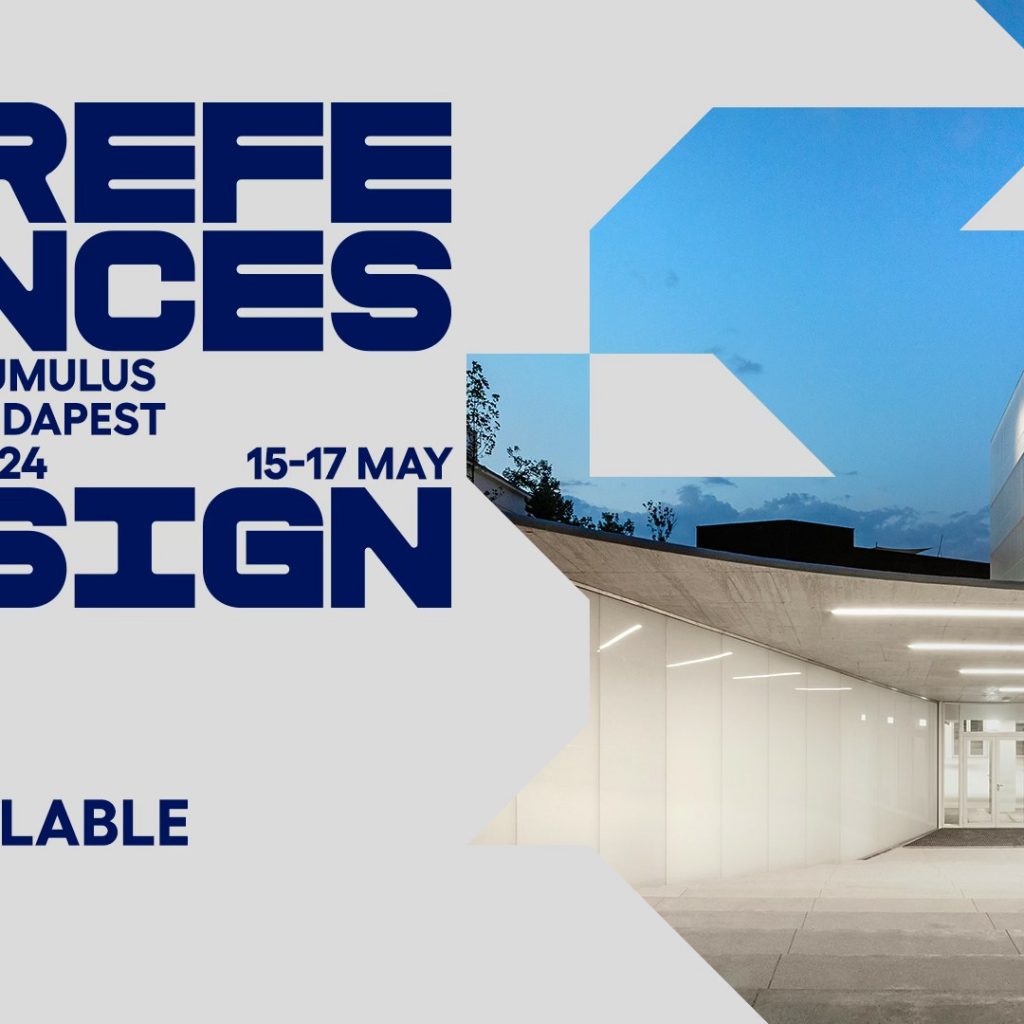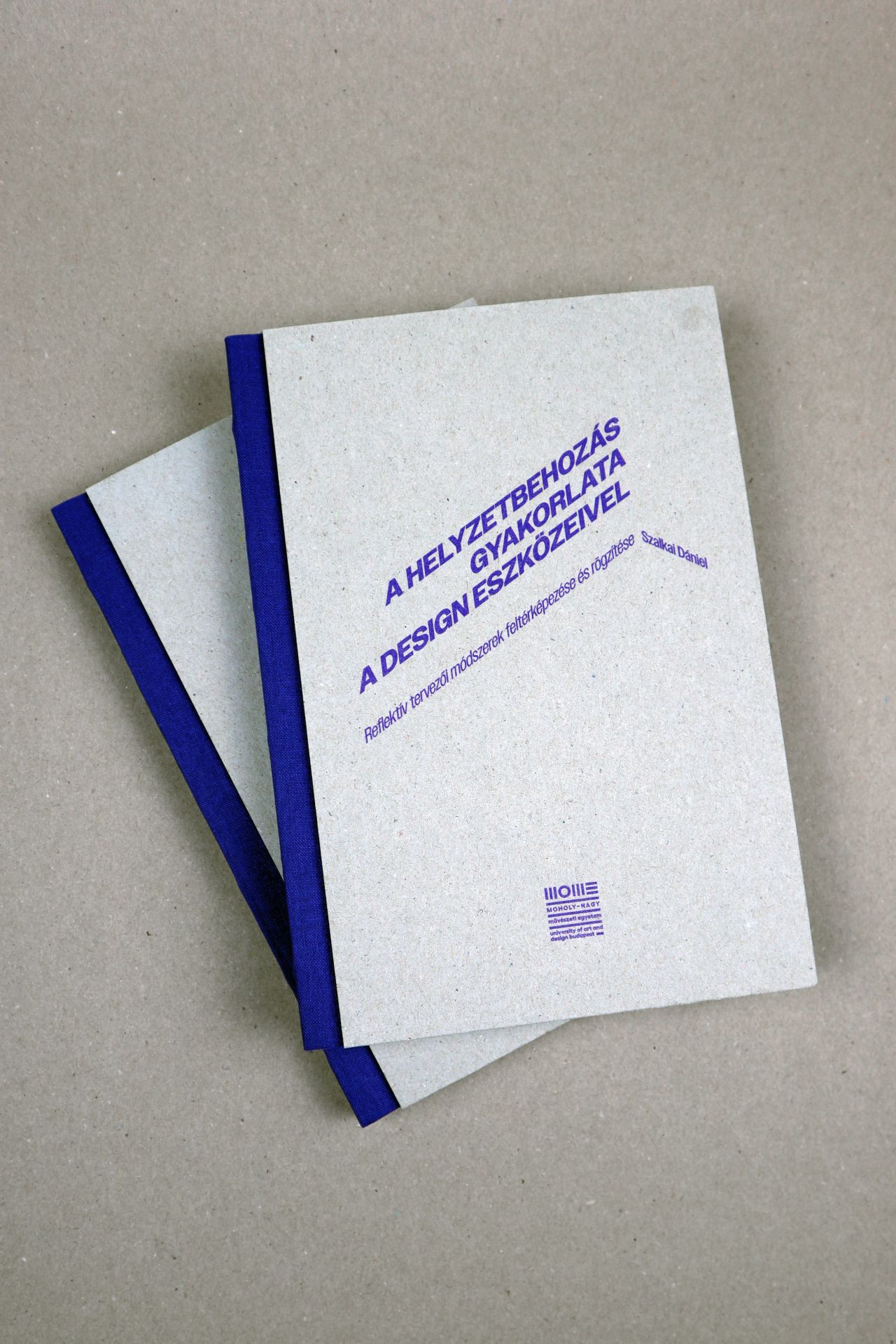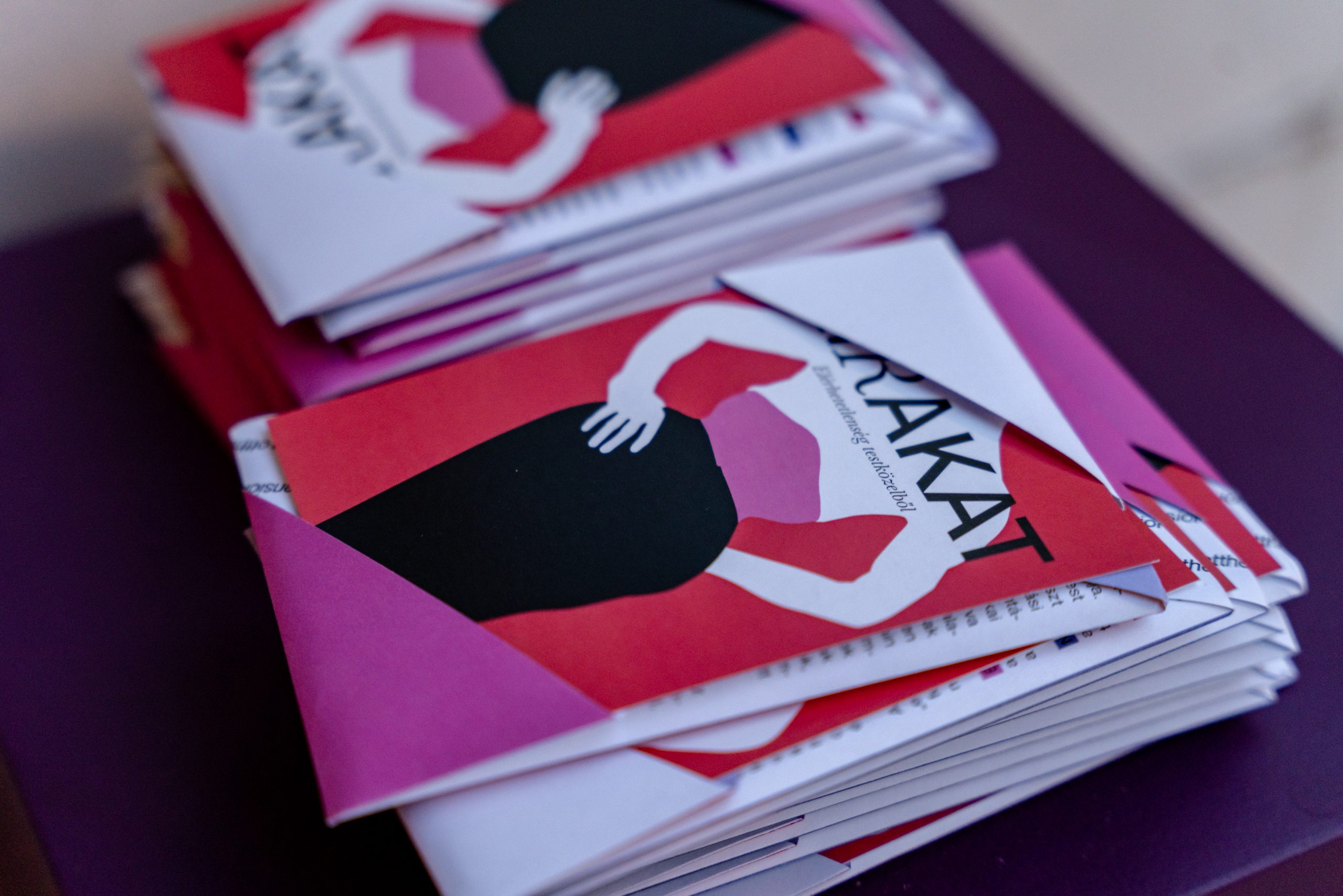

Design in the Age of Uncertainty – Interview with Ákos Schneider
As early as the 1970s, Victor Papanek, the father of responsible design, regarded design as one of the most harmful professions. Despite designers having long been aware of the need for a shift in scale and mindset within the industry, this could be put off up until now. In addressing the widespread crises, design can only play a pivotal role by broadening its perspective, venturing into new directions, and moving beyond user-centered design in certain areas. One of the little-denied aims of the latter is to create desires and stimulate consumption by gauging needs. Teacher of the MOME Institute of Theoretical Studies, Ákos Schneider is one of those professionals exploring how to broaden the scope of contemporary design. His first book, The Limits of Human-Centered Design was published in 2022. Now, as part of the Cumulus 2024 conference, he and his colleagues Karina Vissonova (Institute of Advanced Design Studies) and Ivica Mitrović (Arts Academy, University of Split) present cutting-edge research in the fields of speculative and more-than-human design.

One of the most intriguing tracks at the Cumulus 2024 is Speculative Perspectives. What led to speculative design receiving its own section at a global conference on design and art education?
Design culture has entered a liminal, transitional period where our previous models are beginning to fail us, creating uncertainty with no new frameworks in sight. The present situation prompts continuous exploration, especially among young designers. Previously unquestioned designer roles and identities are becoming uncertain in the face of the unfolding climate crisis and as a result of digital network technologies. When a student graduates from university, there’s no guarantee they will be able to follow the same playbook as their predecessors did for decades, warranting a speculative-critical modus operandi, as well as contemplation of contexts and horizons that extend beyond the ‘here and now’.
It’s truly fascinating how design thinking can transcend the established market-driven, user-oriented boundaries, and explore distant futures, parallel timelines, or competing pasts.
This kind of thinking already serves as a catalyst for design research that ventures into unusual territories or relates to transformations with uncertain outcomes. There are two fundamental aspects to note regarding our track. Firstly, the way the relationship between humans and ecological systems is changing: the climate crisis is prompting us to question our own central position and the principles governing the operation of modern design culture. Secondly, the technological perspective: how does human functioning change in the context of digital network technologies? What opportunities and threats do algorithm-driven environments or even biotechnology present? We have become completely enmeshed in the designed technological fabric we’ve developed. To understand our place within these networks, we must reconsider positions and strategies hitherto regarded as obvious. Ecological and technological transformations demand a departure from the ground we thought we stood firmly upon.
What are the dimensions within the concept of design where focuses need to be realigned, and we need to realise the scale has changed?
The temporal focus of design is very narrow. In the world of gadgets or the fashion industry, for instance, you typically only think ahead until the next product cycle, while in interaction design, this horizon is even narrower despite facing challenges and complex issues that span much larger time frames.
The question is whether we can expand the temporal and spatial scales of design in any area. This is a speculative attempt, and far from being intuitive: we usually focus on user experience, which occurs within a small temporal-spatial bubble. Designed experiences and interactions connect us to much larger, broader systems.
For instance, speculative architect Liam Young argues that today, you can’t even design a cocktail bar without considering the journey of sand needed to produce the glasses that guests will eventually drink from. Thus, a building or a user experience can connect astonishingly distant places and different timelines, but this often escapes our attention. Can we consider these interconnections in design and expand the spatial-temporal horizon of design? This is what interests me the most in speculative design.
What is the most interesting current research in your opinion, and how is it reflected in the presentations at the conference?
In terms of technology, we see that developments are happening rapidly, and products that recently took decades to appear in our households now enter circulation much faster. Ideas quickly evolve into prototypes, then products or services, with these processes often raising ethical and social questions. Innovations in nanotechnology, biotechnology, and information technology are also advancing at breakneck speed. For example, the presentation titled Technological Futures and Recurring Dreams will explore the phases of development and how designers can engage even in the earliest engineering stages to thematically address, using a critical-speculative approach, everyday life situations that an innovation might generate. In addition, there will be several presentations focusing on the human and non-human ‘participants’ of design. By sufficiently broadening our perspective, we can realise that the designed environment can be understood not only from a human-centered angle, and it also involves numerous non-human agents and factors. We can shift our mindset towards exploring these as well.
It is becoming increasingly evident how the role of designers is changing.
Not having designers or the users in the centre of the design process can raise exciting questions. For instance, one presentation at the conference focuses on the perspective of insects, exploring how other entities beyond humans can play a role in building or describing the designed environment.
When it comes to emerging technologies, it remains an open question what new roles for designers might arise and how the toolkit of design will transform in the future.
This doesn’t mean that everyone should practice critical-speculative design; rather, it’s about recognising that our traditional design paradigm today is too narrow, and alternative entry points need to be added. This fundamentally implies an exploratory, seeking attitude – we must embrace the fact that there are no ready-made answers.
Can the gap between research and everyday life be bridged? Approximately how long does it take for concepts like post-human design or speculative design to be grasped by laypeople? How can industry and research come together in this field?
I don’t think it’s a one-way, linear process. Through education, a lot trickles down into design practices, but it’s happening relatively slowly, and it’s also not necessarily the job of research to offer good methodologies for designers. In many cases, design culture itself provides impetus for theory. Practice and theory resonate together. For instance, university students have been practicing speculative design in their graduation projects for a long time, only it wasn’t called that before, and it wasn’t clear that what they were doing could be part of a broader discourse. The basic goal of concepts is to highlight new correlations and bring different phenomena under a common denominator. A well-named concept can have a creative influence through reinforcing and prompting us to act. And its outcome can affect anyone through the designed environment because design now surrounds and shapes us everywhere.
// /
Ákos Schneider is an assistant professor at the MOME Institute for Theoretical Studies and a researcher at the Future Potentials Observatory.


